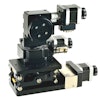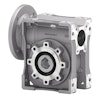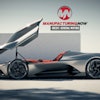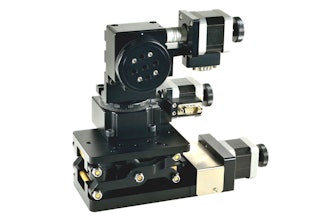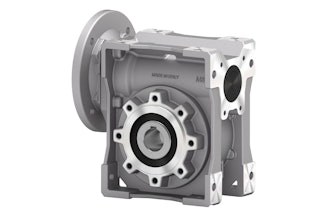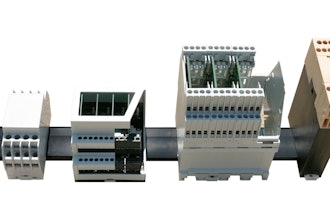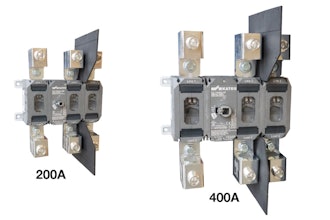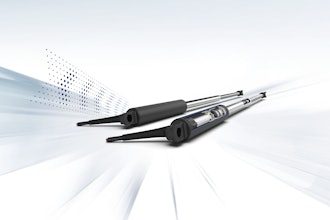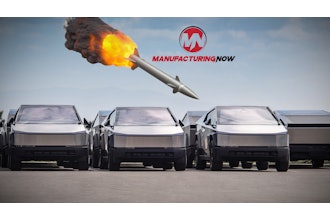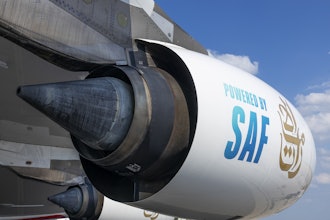3D Printing Improves Army Helmets
Advancements in 3D printing could provide soldiers with improved helmet padding. It's about time since a recent Duke University study found that modern helmets haven't come a long way when it comes to overhead blast, they're on par with WWI helmets.
If we're working on a third arm for soldiers, you'd think we could lock down a decent helmet. One of the empowering features of 3D printing is personalization and customization, and that includes helmet padding.
Army researchers recently took a 3D printer and made micro lattice pads that exceed the impact attenuation of state-of-the-art foam padding.
A team from the U.S. Army Combat Capabilities Development Command's Army Research Laboratory and HRL Laboratories created highly-tuned open-cell lattice structures that reduce peak head acceleration during blunt impact events. In tests, they performed 27% better than the best performing foam pads on the market. They currently use vinyl-nitrile foam helmet pads as you see in NFL helmets -- another market with huge potential.
The new pads could improve not only protection but also minimize weight and space requirements. It could also make them more comfortable as the material is more breathable and helps dissipate heat.
Next, the lab will hand off the technology to the CCDC Soldier Center for further evaluation and implementation into future helmet systems.
Generator Makes Electricity Out of Thin Air
Engineers from the University of Massachusetts Amherst have created Air-gen, an air-powered generator that makes electricity out of thin air.
Air-gen uses a thin film of electrically conductive protein nanowires less than 10 microns thick. The nanowires are produced by specific bacteria (microbe Geobacter).
The device connects two electrodes to the nanowires, one on the bottom and one on top. The film absorbs atmospheric water vapor, and a combination of the electrical conductivity and surface chemistry of the protein nanowires, coupled with the fine pores between the nanowires within the film, generates an electrical current between the two electrodes.
It could be used as a renewable energy source and even works in deserts as well as other areas with extremely low humidity. It can also work indoors.
Right now, Air-gen devices can power small electronics. The team now expects to commercialize the technology, which includes a small patch that can power wearables and smart watches. The tech could be used in cell phones to eliminate charging and eventually replace traditional batteries.
Man Rides Large Drone
Drone racing is an esport growing in popularity. Some racers build the RC racers from the ground up, and others are in it to be pilots, but these are drones navigating various courses at around 200 MPH and weigh less than two pounds. In head-to-head competition, they average about 100 mph.
The maneuvers are incredible and made many spectators and pilots alike wonder, what does it feel like to fly in a drone?
So, the creators behind the Drone Champions League made a drone big enough to ride, and they called it the "Big Drone."
Big Drone was created by Drone Champions founder Herbert Weirather. It's a giant drone, piloted by an RC controller, with a single seat for an occupant.
The team conducted indoor tests in early February 2020 at an indoor facility in Germany before moving to Croatia for outdoor testing.
Weirather says the Big Drone is the first-ever manned aerobatic drone, and he hopes it will create a brand-new future racing experience. The idea is to recruit drone pilots through the Drone Champions League video game.
Weirather flew in the drone during the manned portion of the testing process. While the Big Drone pulled off some incredible stunts unoccupied, the multirotor barely left the ground while he was inside.
Though the test was brief, he said it felt a little like riding a helicopter.

